Deciding what to do in Iceland is the most difficult part of planning a trip to this beautiful country, as the Land of Fire and Ice is full of majestic landscapes.
Since we love this country so much, we run Iceland photo tours every year. We’ve been to the island many times, so we’ve gotten to explore its most impressive spots, and now we’re sharing our tips! To help you plan your trip, I’m going to tell you about the most beautiful places to visit in Iceland.
But before I do so, I want to tell you that there are several ways to tour this country. The best option is to rent a car in Iceland so you can freely explore the island at your own pace. However, if you don’t want to drive, you can book many excursions from Reykjavík or take advantage of one of the top Iceland vacation packages, which include transportation and accommodation.
Now, let’s dive into the best things to do in Iceland so you can start planning the trip of your dreams!
1. Take a dip in the Blue Lagoon, the coolest thing to do in Iceland
The Blue Lagoon has become one of the must-see attractions in Iceland, and for good reason.
Nestled in the middle of a lava field, this milky-blue geothermal bath is just 45 minutes from the capital city of Reykjavík and it’s said that the lagoon’s silica and sulfur-rich waters have medicinal properties that can soothe some skin ailments.
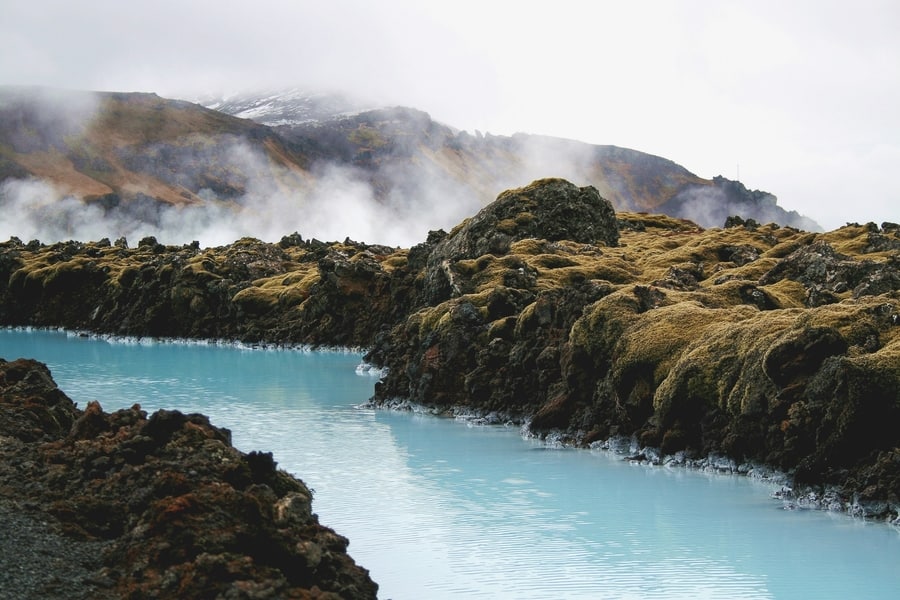
1. Take a dip in the Blue Lagoon, the coolest thing to do in Iceland
To bathe in the Blue Lagoon, you’ll need to buy a ticket, and since it’s one of the most beautiful places in Iceland, it’s very popular, so I suggest purchasing one in advance. Our guide to Iceland’s Blue Lagoon has all the information you need.
Enjoying a soak in the Blue Lagoon is one of the most popular activities to do in Iceland, but if you don’t want to pay, there are several free options such as the Reykjadalur thermal river. I recommend reading our guide to Iceland’s hot springs to find a natural pool along your route that fits your budget.
2. Gullfoss, the famous waterfall in Iceland’s Golden Circle
Gullfoss is one of the most popular landmarks in Iceland thanks to its immense beauty. It’s considered one of the most beautiful waterfalls in the country and is also known as the Golden Waterfall. Lying within the course of the Hvítá River, Gullfoss has become one of the most important stops in Iceland’s Golden Circle.
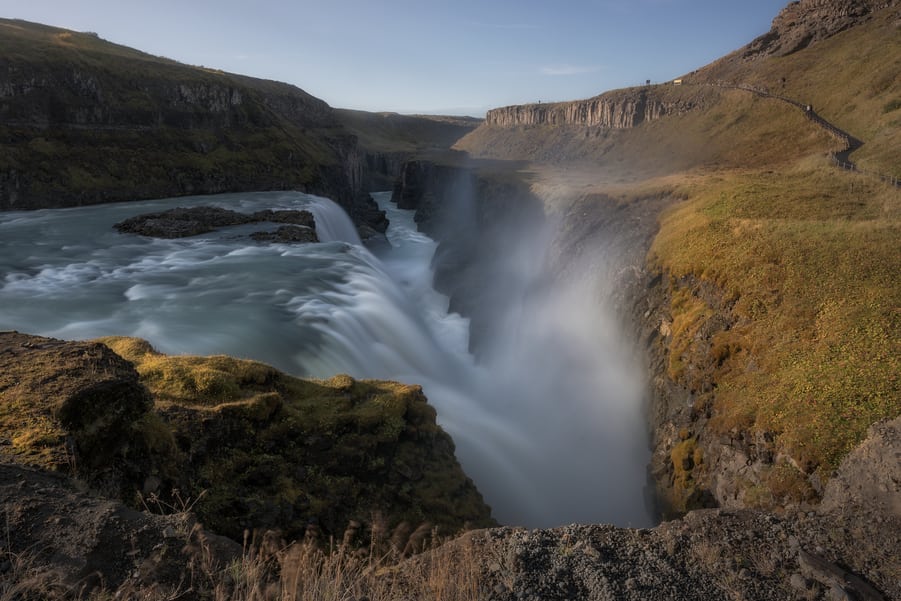
2. Gullfoss, the famous waterfall in Iceland’s Golden Circle
Visiting this waterfall is one of the best things to do in Iceland because its waters seem to disappear into the depths of the earth. In reality, the waterfall was formed from a crack in the earth’s crust. When you look at Gullfoss head-on, you can see that the waterfall is made of three falls within a 230-foot canyon. The smallest one is about 36 feet high, while the other two are 69 feet and 105 feet high.
Moreover, Gullfoss is one of our favorite places to see the Northern Lights in the Golden Circle. The area is usually crowded with tourists during the day, but if you’re willing to wait until nightfall, you can see the lovely aurora in peace.
3. Geysir & Strokkur geothermal area, an impressive place to visit in Iceland
If you’re wondering what to do in Iceland‘s Golden Circle, check out the geothermal area of the Haukadalur Valley. Also known as the Valley of Geysers, this is where you’ll find Geysir, the first geyser discovered in the world. This impressive natural phenomenon expels hot steam, gases, and water from inside the earth, making it an awesome place to go in Iceland.
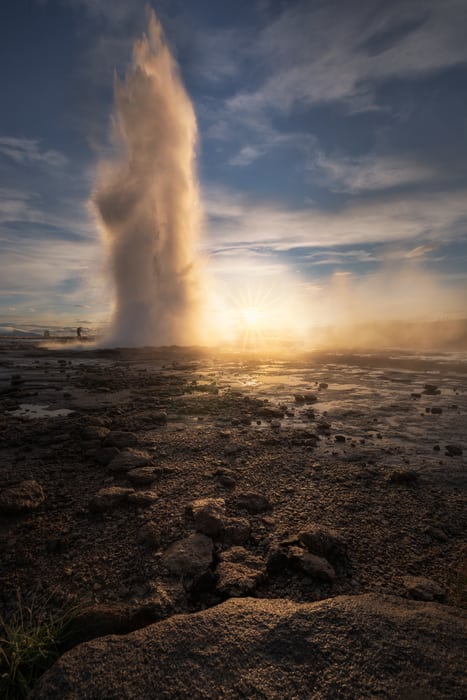
3. Geysir & Strokkur geothermal area, an impressive place to visit in Iceland
While Geysir has been inactive for a long time, you can catch another geyser, Strokkur, erupt about a quarter-mile away. Strokkur can launch jets of steam and water as hot as 194° F to a height of nearly 100 feet. This may seem unimpressive compared to the 260 feet that Geysir was used to reach, but when you see it in person, it’s quite remarkable.
This area is certainly a cool place to visit in Iceland, and the eruptions occur every 5-10 minutes, so you won’t have to wait too long to enjoy this natural spectacle. From my experience, getting there around sunrise is the best time to go, as Strokkur’s jets of steam look amazing at this hour.
4. Thingvellir National Park, a unique place in Iceland you can’t miss
As you may have guessed by now, the Golden Circle is a must-see in Iceland. Along with the Gullfoss waterfall and the Geysir geothermal area, the Golden Circle is also home to Thingvellir National Park.
This national park is one of Iceland’s best attractions and was even declared a UNESCO World Heritage Site since it’s where the North American and Eurasian tectonic plates separate. Curiously, these plates shift about half a centimeter every year, creating the Almannagjá crack, which you can currently walk through.
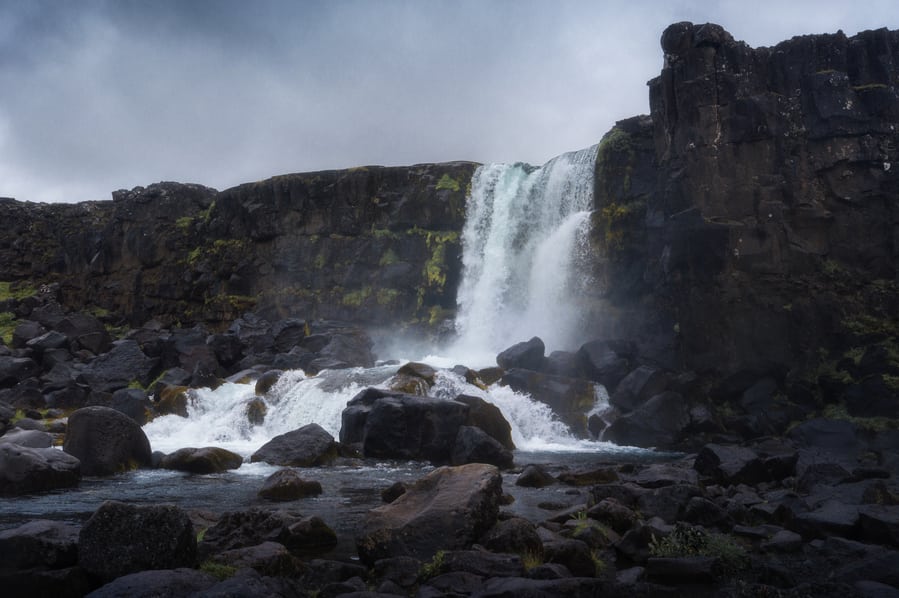
4. Thingvellir National Park, a unique place in Iceland you can’t miss
Another interesting sight to see in Iceland‘s Thingvellir National Park is the Law Rock, where the world’s first Icelandic parliament, Alþing, was located. This area is also where you’ll find the Öxarárfoss waterfall, Pingvallavatn Lake, and Thingvallakirkja, one of Iceland’s first churches.
Plus, Thingvellir is where you can do one of the coolest activities on the island: snorkeling in the Silfra Fissure in Pingvallavatn Lake. It’s one of the most unique experiences because you can dive between two continents. If you want to snorkel here, you’ll need to book a tour like this one.
5. Bruarfoss, the most beautiful waterfall to see in Iceland
Bruarfoss is one of the most beautiful waterfalls to visit in Iceland. It’s also within the Golden Circle, about 9 miles from the town of Laugarvatn.
To get to the waterfall, you have to pass through an area that is privately owned, and ever since the owners decided to cut off access, it’s been harder to get to Bruarfoss.
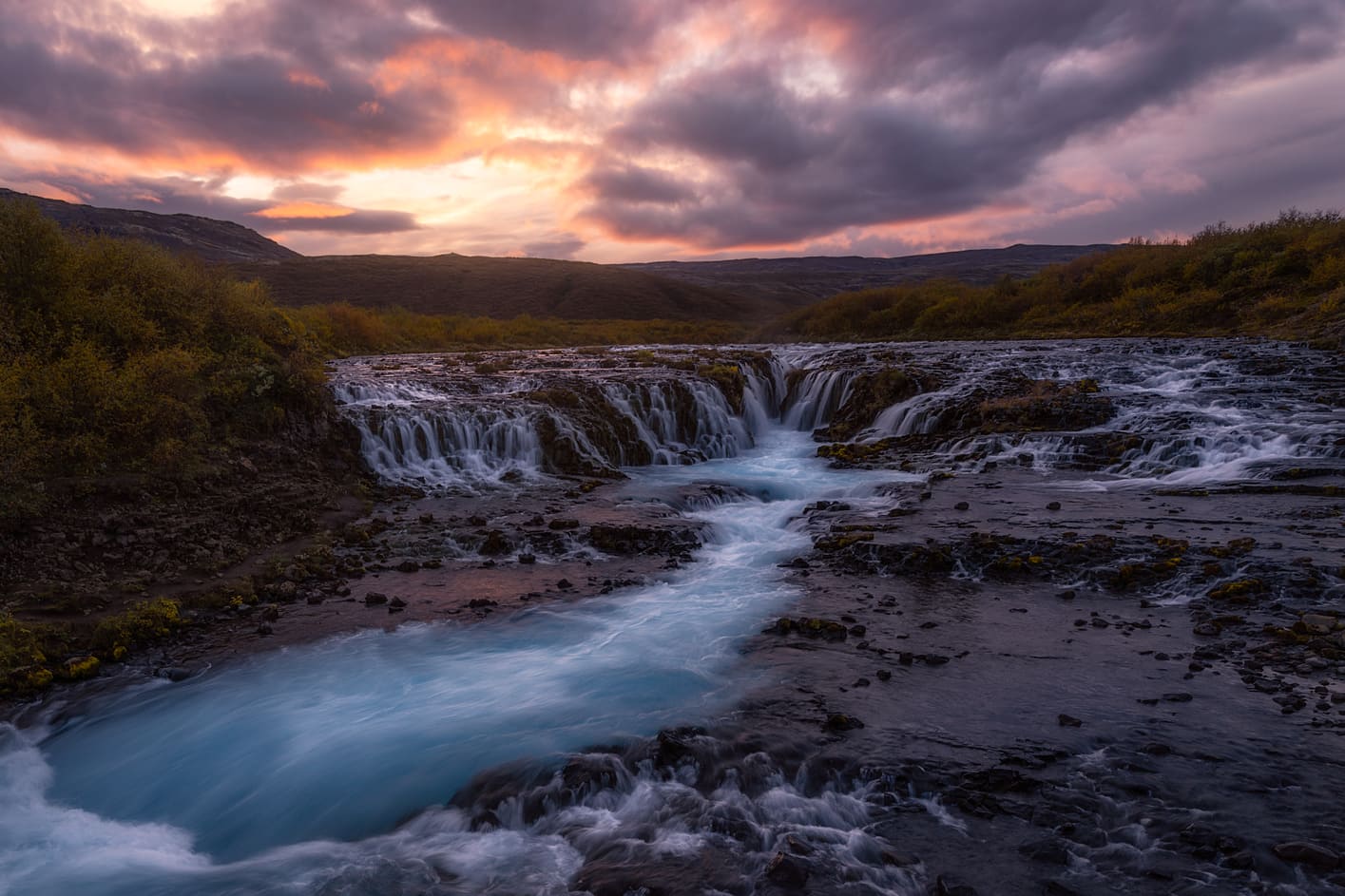
5. Bruarfoss, the most beautiful waterfall to see in Iceland
Now you must park in the official car lot and walk about 45 minutes along the Brúarà River. Trust me, the walk is well worth it because the waterfall is one of the most spectacular sites in Iceland.
What makes this waterfall especially beautiful is its intense turquoise water, which has earned it the nickname Blue Waterfall of Iceland. Also, now that the area is less accessible, it’s one of the most tranquil things to do in Iceland.
6. Black sand Beach of Iceland and Vík
Vík, the southernmost town in the country, is one of the best places to visit in Iceland thanks to its beautiful landscapes and interesting attractions.
Here, you’ll find Reynisfjara Beach, also known as Black Sand Beach of Iceland, which is one of Iceland’s top attractions. While beautiful, it’s also quite dangerous due to its strong and sometimes lethal “sneaker waves” that can drag you out to sea.
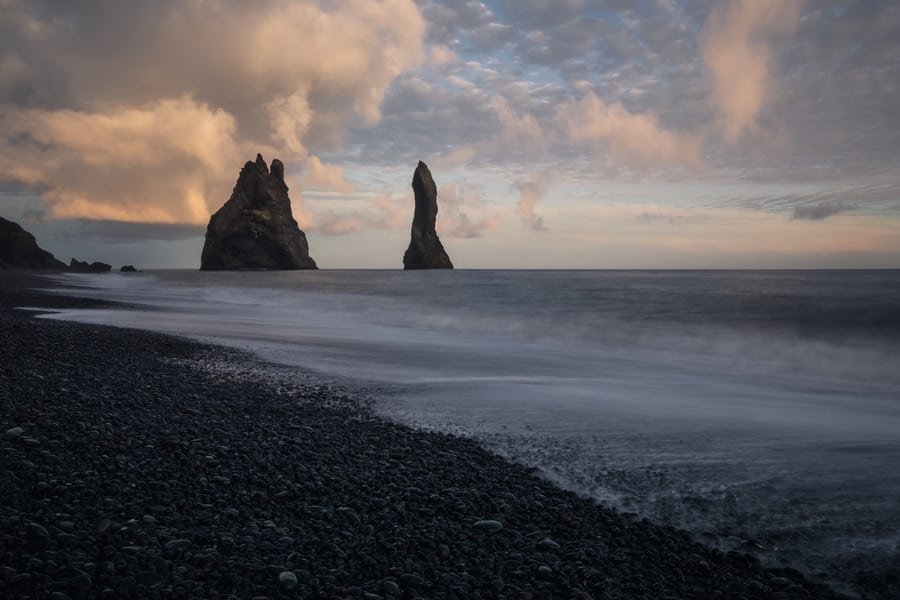
6. Black Beach of Iceland and Vík, two top attractions in Iceland
What differentiates Reynisfjara from the other black sand beaches is the Reynishverfi, the striking basalt cliffs where puffins and seabirds nest in the summer. Also, in this area are the Reynisdrangar sea-stacks, protruding cliffs that rise nearly 200 feet out of the water. Many locals say they look like petrified trolls.
Vík offers plenty of other things to do in Iceland, such as visiting the 300-foot-high arch of Dyrhólaey near Reynisfjara Beach. If you go, be sure to also check out the Dyrhólaey lighthouse, from which you’ll get a panoramic view of the black sandy beach of Solheimafjara.
I recommend taking full advantage of your time in Vík and also stopping by the Víkurkirkja Church, which looks like something out of a postcard. Its white walls and red roof look striking against the beautiful Icelandic landscape.
7. Take a Zodiac boat through the Jökulsárlón glacier lagoon
If you’re looking for fun activities in Iceland, I highly recommend taking a Zodiac boat tour through the Jökulsárlón glacier lagoon.
Jökulsárlón is one of the must-see places to add to your Iceland itinerary. Seeing how the large blocks of blue ice break off the glacier is a unique experience, and if you want an up-close view, I suggest booking this tour.
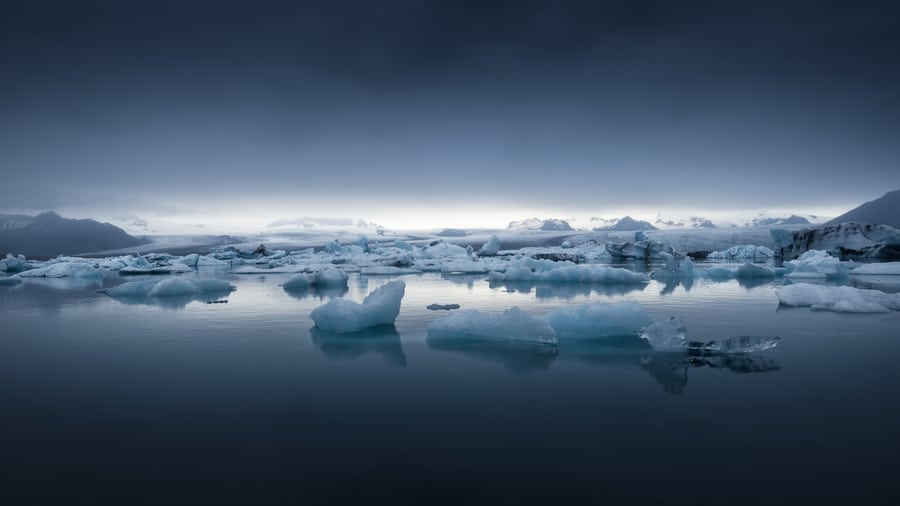
7. Take a Zodiac boat through the Jökulsárlón glacier lagoon
During your Zodiac boat tour, you’ll cruise among the icebergs of the Jökulsárlón glacier lagoon and approach the area where the glacier breaks up. Plus, it’s not uncommon to see seals playing in the ice or lounging on the icebergs, so keep an eye out!
Since the tour uses a small boat, you’ll avoid hitting the icebergs while also being able to get closer to the glacier and maybe even see some ice fall from the giant natural structure.
Without a doubt, this is one of the most adventurous things to do in Iceland. The impressive Jökulsárlón glacial lagoon is the deepest lake on the island, and the ice that forms its icebergs is believed to be over 10,000 years old.
8. Diamond Beach, one of the top attractions in Iceland
Although Reynisfjara Beach is considered one of the most beautiful in the world, Diamond Beach is a worthy rival. This beach also has black sand, which contrasts with the chunks of ice that break off the Vatnajokull glacier and travel through the Jökulsárlón glacial lagoon to reach the shore.
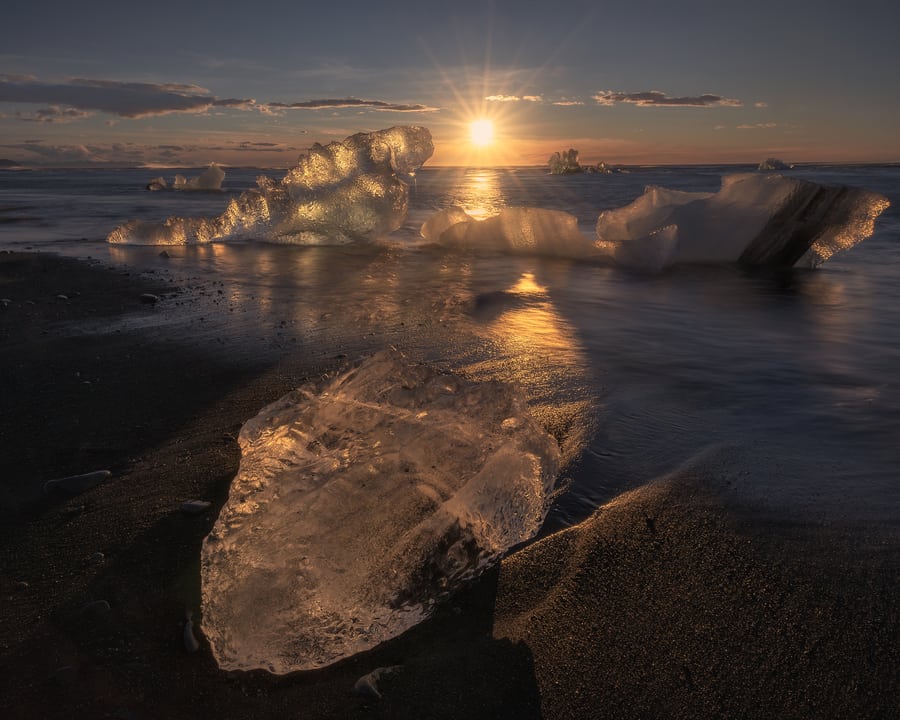
8. Diamond Beach, one of the top attractions in Iceland
It is precisely this contrast of blue ice with volcanic black sand that makes Diamond Beach one of the most popular attractions in Iceland, as well as one of the most photographed. Here, you can truly see why Iceland is considered the Land of Fire and Ice.
If you’re looking for the best time to visit this place, I suggest going at sunrise when the ice takes on an orange glow. Besides, visiting Diamond Beach is one of the top things to do in Iceland if you’re traveling along the Ring Road, as it’s right at the foot of Highway 1.
9. Hallgrímskirkja & other places to visit in Reykjavík, Iceland
Reykjavík, the capital of the country, is one of the best cities to visit in Iceland. Among the many things to do in Reykjavík, Hallgrímskirkja is a must-see. This Lutheran church has a peculiar shape that reflects the hexagonal basalt columns you can see throughout the island.
Hallgrímskirkja’s bell tower is just over 245 feet high, so you can see it from different points in the city. If you want to climb to the top of the tower, you’ll have to pay 1000 ISK (about USD 8.30) for a ticket, but it’s worth it for the amazing views.
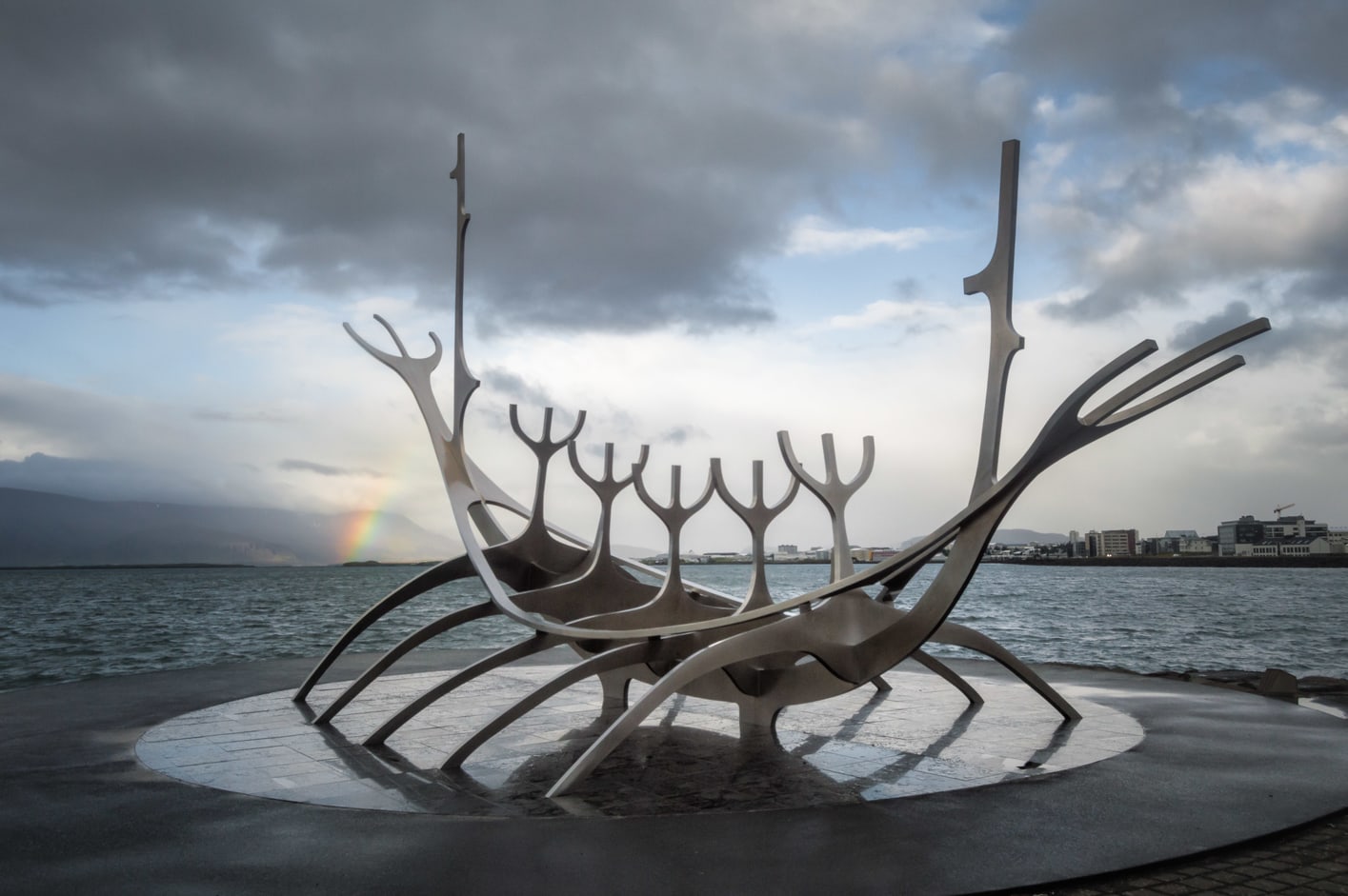
9. Hallgrímskirkja & other places in Reykjavík, one of the best cities to visit in Iceland
In addition to this beautiful church, Reykjavík is also home to the Harpa Concert Hall, which has a futuristic appearance that contrasts the Hallgrímskirkja church. Other places of interest are the famous Sun Voyager sculpture and the artsy downtown area of Laugavegur, where you can see cool street art. I also recommend getting a ticket to the Perlan Museum, which is dedicated to the incredible geography of Iceland.
Visiting Reykjavík is one of the coolest things to do in Iceland, and there are so many attractions to see here. I recommend getting the Reykjavík City Card, which grants you free admission to several sites, as well as unlimited bus rides and a ferry trip to Viðey Island, another popular spot.
10. Seljalandsfoss, the Icelandic waterfall you can walk behind
Seljalandsfoss is one of the waterfalls in Iceland you must see since, in addition to its beauty, you can walk behind the cascading water.
This waterfall is one of the most incredible sights to see in Iceland, and it’s especially convenient if you’re traveling the Ring Road. Seljalandsfoss is over 195 feet tall, and there is a small cave just behind the water so you can see the falls from behind. Of course, since it’s one of the most popular things to do in Iceland, the area is always full of tourists, but it’s still worth going to.
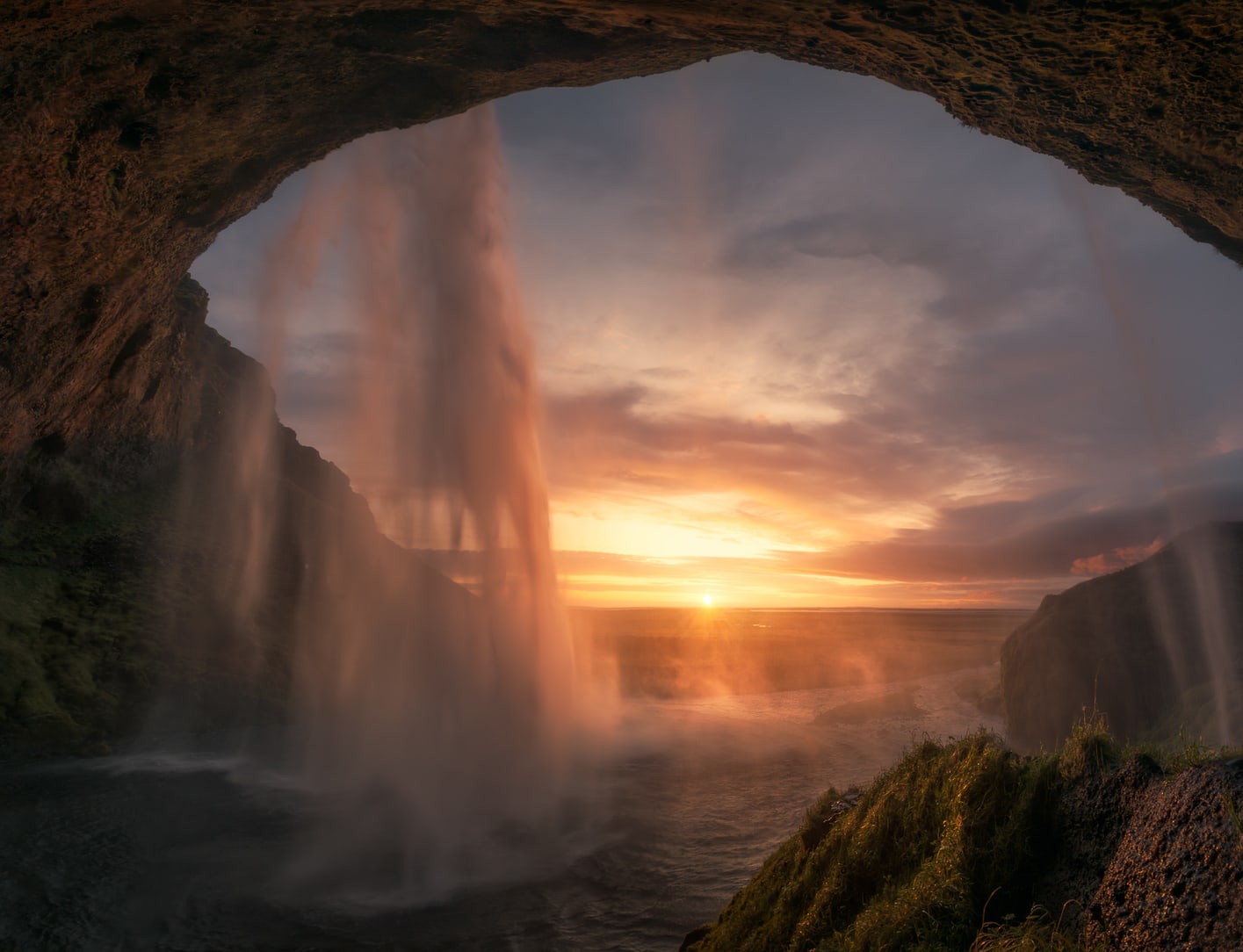
10. Seljalandsfoss, the Icelandic waterfall you can walk behind
Another Icelandic waterfall that’s very close to Seljalandsfoss is Gljúfrabúi, also known as the Hidden Waterfall or the Secret Waterfall of Iceland. While it’s smaller, at just over 130 feet, it’s much less crowded. Plus, it’s inside a cave, so it’s one of the most magical waterfalls in the country.
I recommend taking advantage of your visit to Seljalandsfoss by taking the short walk to Gljúfrabúi; you won’t regret it!
11. Skógafoss, another famous waterfall in Iceland that you must see
Skógafoss is another beautiful place in Iceland that I recommend visiting. Also known as the Perfect Waterfall, it’s located at the end of the Skógá River, just inside the village of Skógar.
The waterfall has a drop of over 195 feet, but what really makes it spectacular is the surrounding area. The waters cascade over black stones that get covered in green moss in summer and snow in the winter, and the color contrast makes Skógafoss one of the most stunning landmarks in Iceland.
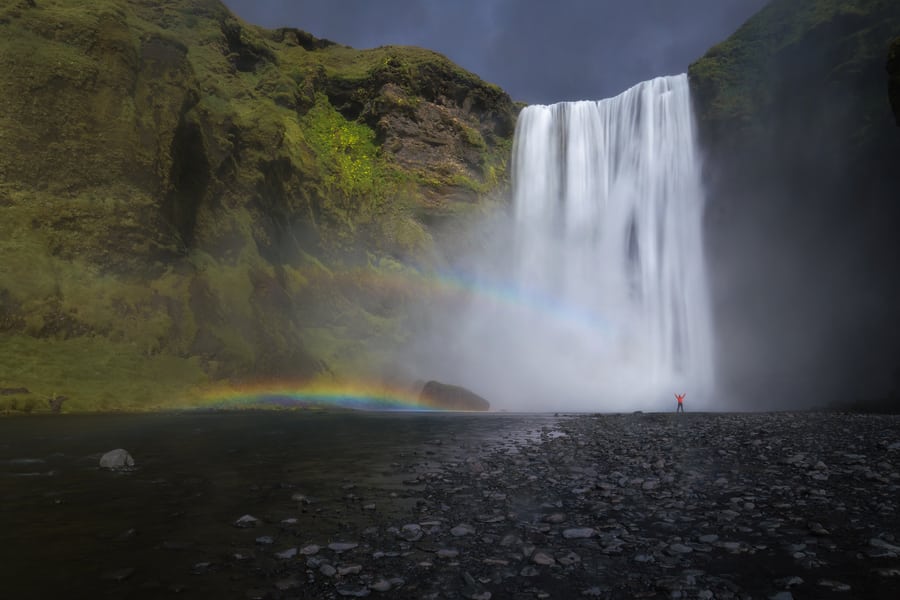
11. Skógafoss, another famous waterfall in Iceland that you must see
Another feature that makes Skógafoss special is that you can view it from below or above, although to do the latter you’ll have to climb more than 400 steps. If you can do it, the views are well worth it, and you’ll also find the start of one of Iceland’s best hiking trails, Fimmvörðuháls. It’s a 15.5-mile route that goes to Thórsmörk and passes through glaciers, waterfalls, and lava fields.
While you’re at Skógafoss, I recommend visiting Kvernufoss, one of Iceland’s secret waterfalls. It’s on the other side of Skógar, and it’s just a 15-minute walk along the path, which is next to the Skógar Museum.
12. Visit Lake Mývatn, an awesome thing to do in North Iceland
Visiting Lake Mývatn is one of the best things to do in North Iceland. The thermal lagoon has become one of the top options for travelers who want to escape the crowds that swarm to the Blue Lagoon. Not only is Lake Mývatn much quieter, but it’s cheaper and just as enjoyable.
The lagoon’s waters have an average temperature of 100° F and come from alkaline natural springs, which is said to make bathing here beneficial for your skin. To be sure that you’ll be able to soak in the hot spring, purchase a ticket in advance.
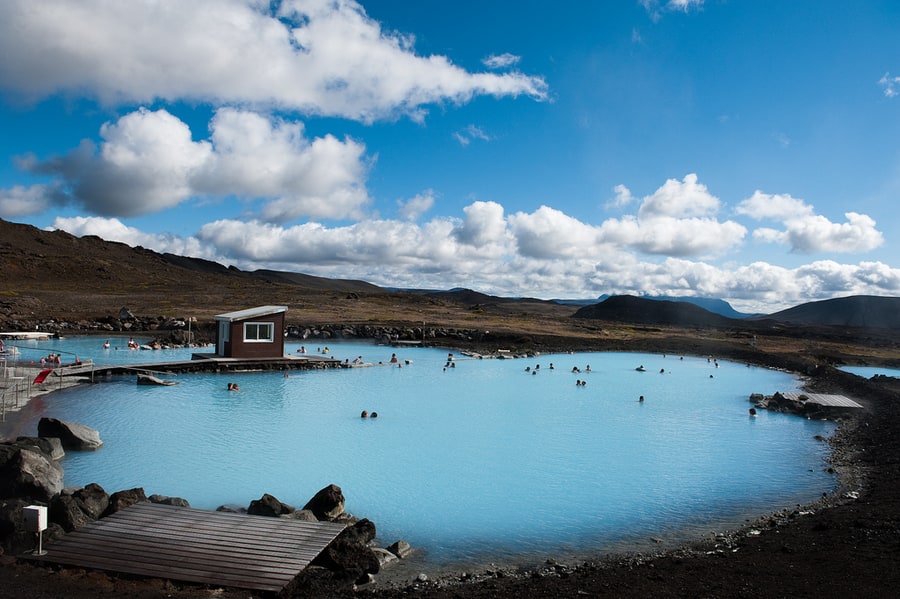
12. Visit Lake Mývatn, an awesome thing to do in North Iceland
Moreover, next to the lake is the Hverir geothermal area, also known as Námafjall, and it’s known for its fumaroles, bubbling mud pools, and geysers. You can find other must-see places in Iceland around here, like the Grjótagjá Cave, which is a lava cave with a small interior lagoon. While it’s impressive, it’s way too hot to bathe in this pool.
There are other cool things to see in Iceland‘s Lake Mývatn area, such as Dimmuborgir. Its name means “dark castles,” and here you’ll find some unusual volcanic formations that resulted from steam eruptions that took place beneath hot lava. The caverns and carved rock structures are often called the catacombs of hell by Icelanders, so it’s quite the sight!
Finally, I recommend hiking to the summit of the Hverfjall volcano, from which you’ll get incredible views of the lake. Nearby, you can see the Krafla volcano, Vití crater, and the Leirhnjukur lava fields, all of which I recommend visiting if you have time.
13. See the Kerid crater, a must-do in Iceland
A good number of Iceland’s main attractions are concentrated in the Golden Circle, including the Kerid crater.
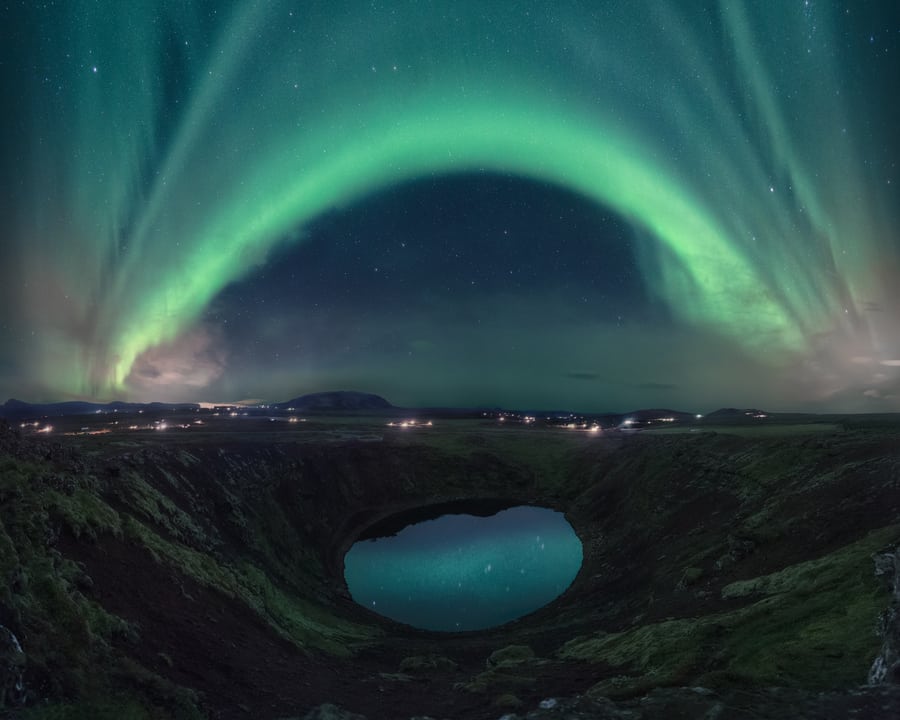
13. See the Kerid crater, a must-do in Iceland
This crater was formed over 6,500 years ago and stands out for its circular shape and aquamarine lake, which contrasts the surrounding reddish rocks and green moss. You’re not allowed to swim in the lake, but it’s one of the most unique places in Iceland worth visiting. You can sit on one of the benches by the lake and enjoy the scenery.
A few years ago, you could visit the crater for free, but now you have to pay 400 ISK (about USD 3.30) to enter. It’s a small price to pay to see this Iceland hot spot!
14. Svartifoss & Skaftafell National Park, two famous landmarks in Iceland
The Skaftafell National Park is another must-see place in Iceland, and here you can find the Svartifoss waterfall. Also known as the Black Waterfall, the water cascades onto basalt columns, and it’s this contrast of colors that makes it one of the best waterfalls in Iceland.
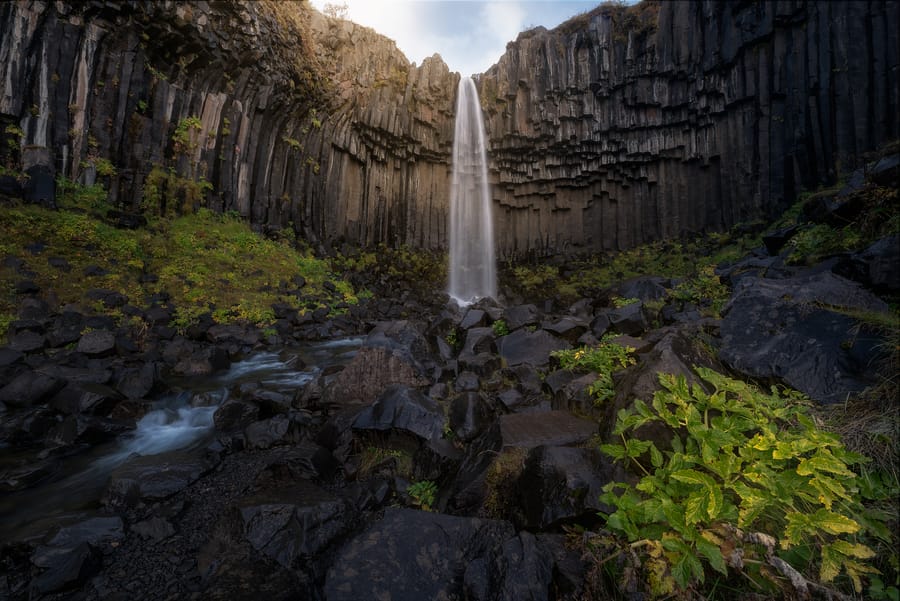
14. Svartifoss & Skaftafell National Park, two famous landmarks in Iceland
This waterfall will leave you speechless any time of year, but it’s at its most beautiful in autumn when the surrounding vegetation turns a lovely orange color.
If you like hiking, then you must do the Kristínartindar route, which is one of the best hiking trails in Iceland. The trail passes through Svartifoss and gives you sweeping views of the glaciers, fjords, and waterfalls that make up Skaftafell National Park. If you’re not sure what to do in Iceland‘s national park, I also recommend visiting the blue ice caves, which I’ll describe below.
15. Visit an ice cave and hike on the Vatnajökull glacier
Hands down, the best place to go in Iceland in the winter is an ice cave. Visiting one of these caverns is like traveling to a magical world, and it’s an experience you’ll never forget.
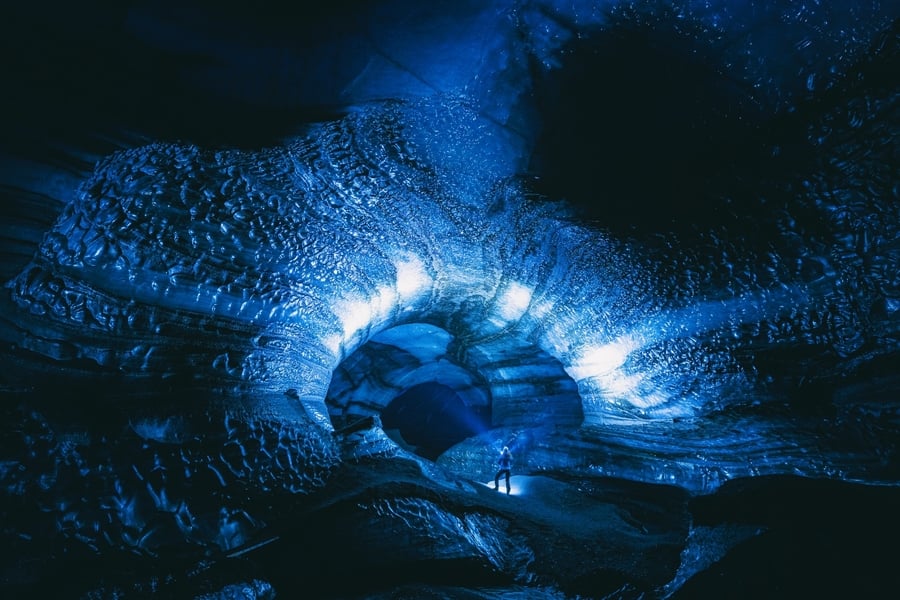
15. Visit an ice cave and hike on the Vatnajökull glacier
Of all the excursions out there, I recommend this tour, which will give you the chance to see the most spectacular ice formations. As you enter the blue ice cave, your guide will explain how the glaciers form and how they’re being affected by climate change.
The tour also includes a hike through the Svínafellsjökull glacial tongue, an incredible attraction in Iceland that originates from Europe’s largest glacier, Vatnajökull. If you go on a clear day, you can see Hvannadalshnúkur, the highest point on the island, so it’s a great thing to do in Iceland if you love landscape photography.
16. DC-3 Plane Wreck, Iceland’s abandoned plane
The DC-3 Plane Wreck is another curious sight to see in Iceland. This plane belonged to the U.S. Navy, and it crashed on the black sand beach of Sólheimasandur in 1973. While the pilot survived, the accident left the aircraft useless, so it was abandoned on the beach. Now, it’s a popular tourist spot in Iceland to visit.
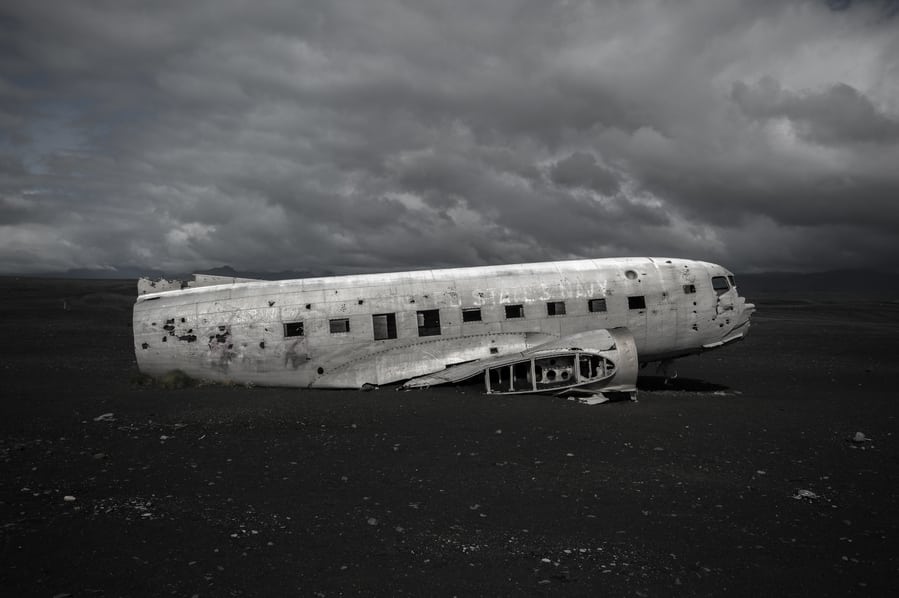
16. DC-3 Plane Wreck, Iceland’s abandoned plane
Until a few years ago, you could get to the wreck in a private car, but now the area is fenced off. So, you can either walk an hour to the crash site or take this shuttle, an option I recommend if you’re short on time and don’t want to walk.
Moreover, just across the road from the plane wreck is the Sólheimajökul glacier, so be sure to take advantage of visiting it. You can even do this guided hike, which is another interesting thing to do in Iceland if you have a few hours and you’d like to immerse yourself in the environment.
17. Whale-watching in Húsavík, one of the most popular activities in Iceland
For me, one of the best things to do in Iceland is seeing whales in the wild. Witnessing these fascinating creatures in their natural habitat will be one of the highlights of your trip. We took this tour from Húsavík in northern Iceland since it’s considered the whale capital of the country. It was an incredible experience because we were surrounded by beautiful landscapes in addition to seeing cetaceans and seabirds.

17. Whale-watching in Húsavík, one of the most popular activities in Iceland
Since these are wild animals, each whale-watching tour is slightly different, and the guides can’t guarantee that you’ll see cetaceans. However, the whales are around the island all year, so, depending on when you go, you’ll have higher chances of seeing them. If you travel in the summer, it’s best to book an excursion from Húsavík or Akureyri in the north. Whale-watching tours from Reykjavík are available throughout the year.
Another thing to remember is that the whale species vary depending on the season. You’ll likely see minke whales, humpbacks, white-nosed dolphins, and porpoises in the summer. If you want to see killer whales, it’s better to go in the winter.
This is one of the top activities in Iceland, so I recommend reading our guide on Iceland’s whale-watching tours.
18. See the Northern Lights, the best thing to do in Iceland in the winter
Seeing the Northern Lights is one of the top things to do in Iceland since the island is one of the best places in the world to see auroras. If you dream of seeing this magical celestial show, the best time to travel to Iceland is from September to March.
That said, you must consider other factors, such as cloud cover and solar activity. In other words, even if you visit Iceland during Northern Lights season, you may not see the auroras if the weather conditions are unfavorable.
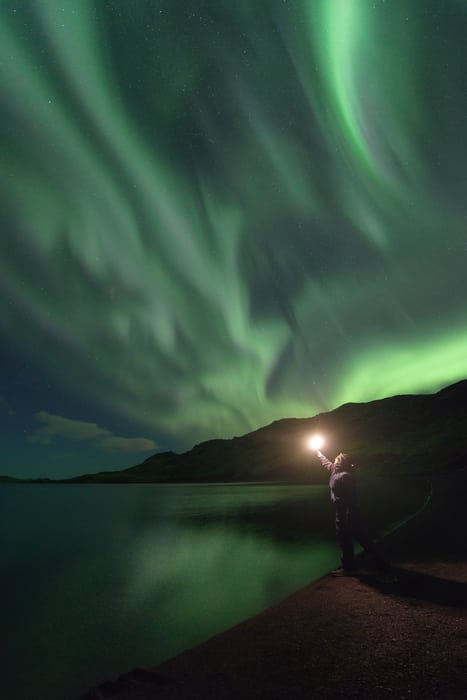
18. See the Northern Lights, the best thing to do in Iceland in the winter
If it’s your first time hunting auroras, it’s best to book a Northern Lights tour from Reykjavík. An expert guide will take you to the spots where you’re most likely to see them, and you’ll be able to repeat the tour for free if you don’t see any the first time.
This is the best thing to do in Iceland in winter and to get the most of it, I recommend reading our guide with everything you need to know to see the Northern Lights in Iceland.
19. See puffins and the midnight sun, one of the best things to do in Iceland in summer
Although the Northern Lights are one of the most popular things to see in Iceland, there are other spectacular sights to see on the island in summer. This is when the midnight sun occurs, and tens of thousands of puffins arrive on the island.
You can see the midnight sun during the summer solstice, which occurs around June 21 in regions above the Arctic Circle. During the midnight sun, the area sees 24 hours of sunlight a day, so it’s one of the most interesting things to see in Iceland.
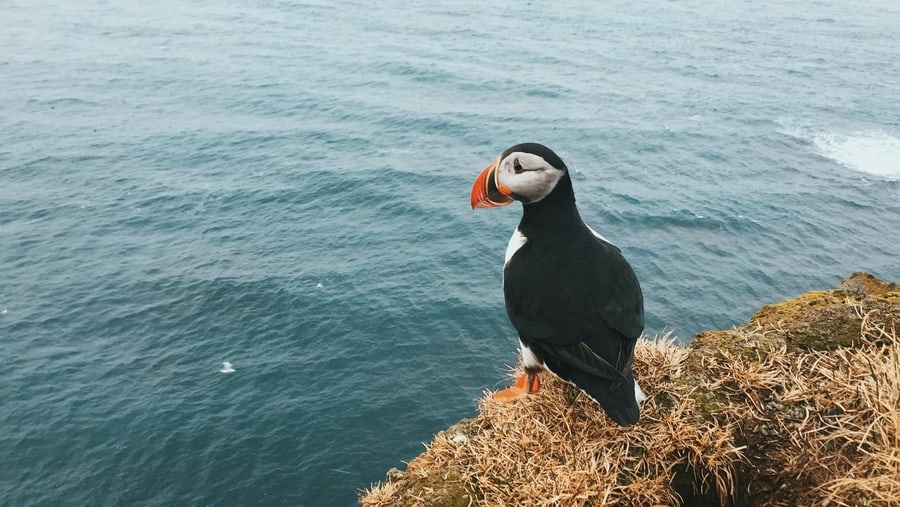
19. See puffins and the midnight sun, one of the best things to do in Iceland in summer
There are many ways to enjoy this natural phenomenon, but if you want to make the most of your time, I suggest this tour, which combines whale and puffin-watching with the midnight sun.
Seeing puffins is another fun summer activity in Iceland, particularly from April to August when the birds settle on the island to nest. You can find them in different parts of Iceland, although the best place to see them is in Reynisfjara, the black beach I mentioned earlier. You can also book this tour to see puffins while cruising on Reykjavík’s Old Harbour.
20. Stokksnes, one of the most amazing stops on Iceland’s Ring Road
Iceland’s Ring Road is the most popular route in the country where you can find famous Icelandic landmarks, including the black beach of Stokksnes.
This beach is in the southeast part of the island and stands out for its black dunes covered with golden straw and the impressive views of the Vestrahorn mountain in the distance. It’s no wonder why such an idyllic place is one of the top attractions in Iceland.
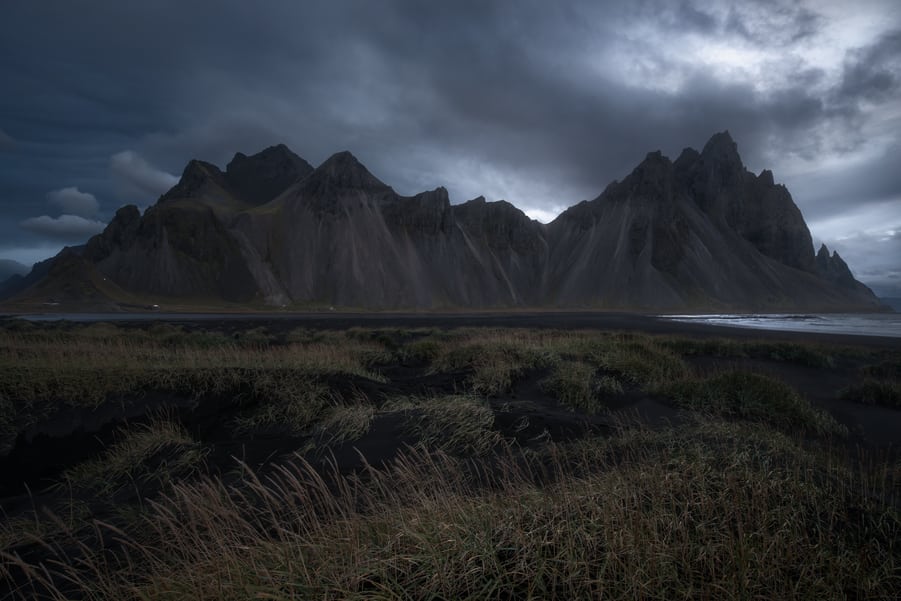
20. Stokksnes, one of the most amazing stops on Iceland’s Ring Road
To get to Stokksnes, you must go through the private area at the Viking Café, so if you’re not staying at this hotel, you’ll have to pay 900 ISK (about USD 7.50). If you look at the visitor reviews, you’ll see that many travelers say that it’s not worth it, but if you’re into photography, it’s a must-see in Iceland, and we always include it in our Iceland photo tours.
Besides, Stokksnes is also home to the Viking village where they shot the popular Vikings series, so it’s quite interesting. It’s also a good place to visit in Iceland if you want beautiful views without the tourist crowds.
21. Dettifoss and Selfoss, two beautiful places in Iceland you should see
Dettifoss and Selfoss are two other waterfalls to see in Iceland. Both are within the course of the same Fjöllum River in northern Iceland.
Dettifoss is the largest waterfall in the country (and all of Europe) and is located between two waterfalls, Selfoss and Hafragilsfoss. Dettifoss has a drop of nearly 150 feet, and it’s nearly 330 feet wide. The water flow can vary depending on the time of year, but it’s always an impressive sight to see.
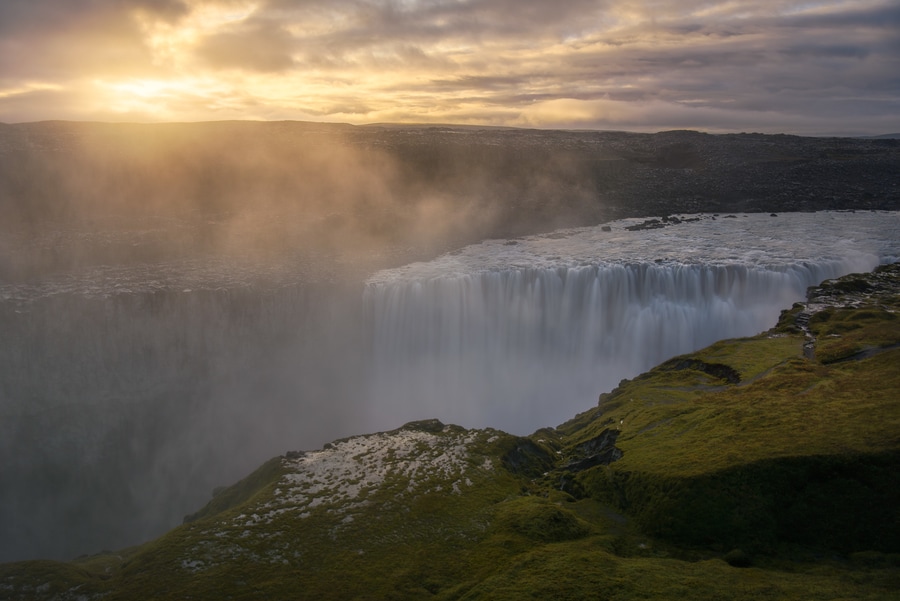
21. Dettifoss and Selfoss, two beautiful places in Iceland you should see
The Selfoss waterfall is considered one of the country’s most impressive falls. While it’s only 36 feet tall, it has a peculiar, elongated shape that makes it one of the most beautiful places in Iceland. During your visit, I suggest also seeing the Hafragilsfoss waterfall, which is lesser-known but still magnificent.
To get there, you’ll need a 4×4 to drive on Highway 864, which is unpaved but leads to the best views. If you don’t have the appropriate vehicle, you can take Highway 862. It’s paved, but the views from here aren’t as good.
22. Visit the Godafoss waterfall, another thing to do in northern Iceland
Goðafoss, also known as the Waterfall of the Gods, is another beautiful place in Iceland that you should see.
It lies within the course of the Skjálfandafljót River and is within walking distance of the Ring Road. At 40 feet high and about 100 feet wide, it’s quite impressive.
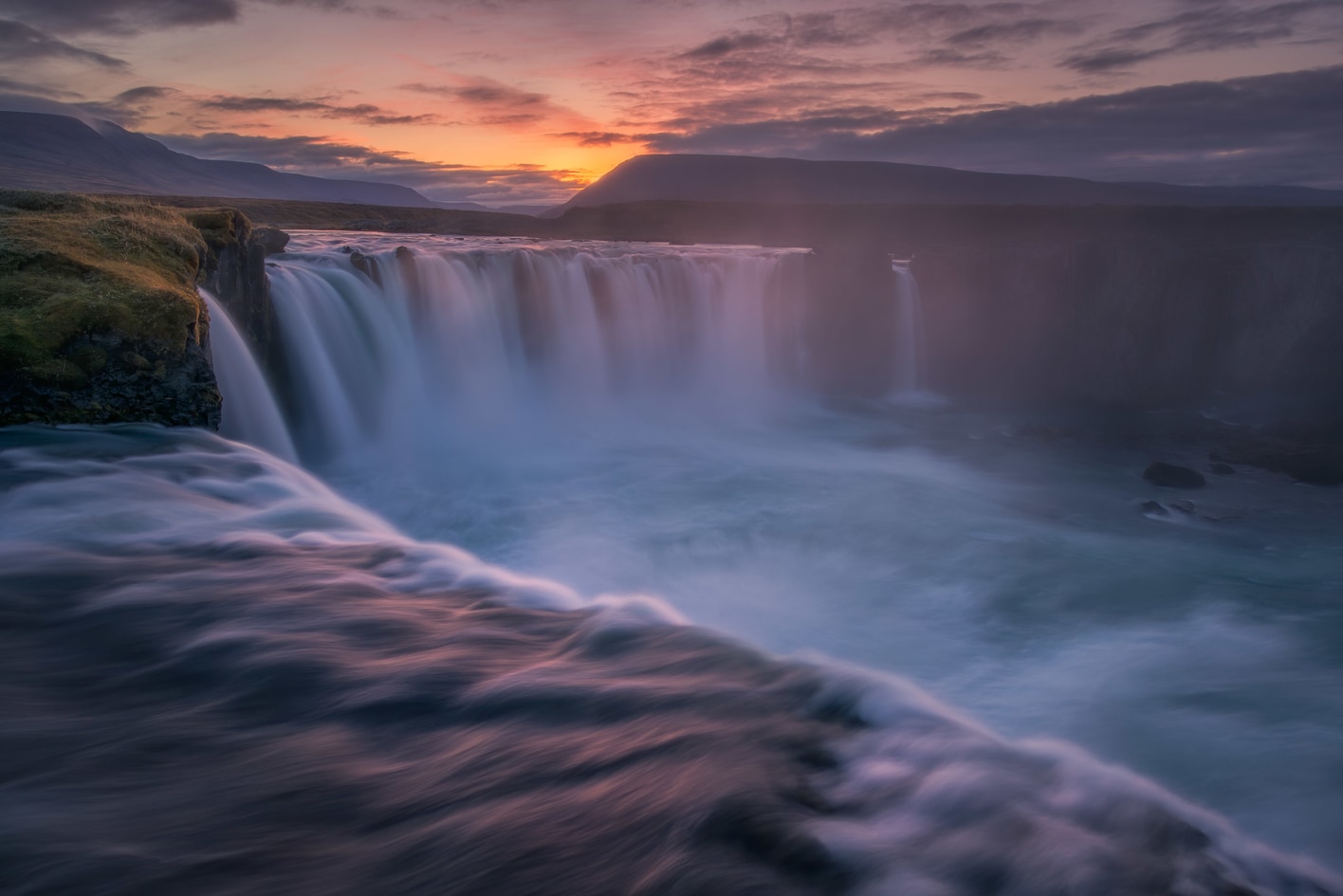
22. Visit the Godafoss waterfall, another thing to do in northern Iceland
This Iceland attraction also has a legend surrounding it, which says that when the Christians came to the island, they threw the statues of the Norse gods into the water, which is why Goðafoss is called the Waterfall of the Gods.
If you have a 4×4, you can take advantage of your visit to Goðafoss and also see the Aldeyjarfoss and Hrafnabjargafoss waterfalls, two other Icelandic landmarks. Aldeyjarfoss is my favorite waterfall, and, like Svartifoss, it cascades over black basalt columns. However, Aldeyjarfoss is much taller, and its deep blue water is mesmerizing. Hrafnabjargafoss is upstream.
23. Kirkjufell & the Snæfellsnes Peninsula, some of the best places in Iceland
Kirkjufell is one of the top Iceland tour spots and the most photographed mountain in the country, thanks to its appearance in Game of Thrones. At 1,520 feet high, its peculiar conical shape makes it easily recognizable. It’s a must-see on Iceland’s Snæfellsnes Peninsula and is especially beautiful at sunset or at night during Northern Lights season.
One of the drawbacks of this place is its popularity, so you’ll find quite a few tourists here. If you want to visit the Kirkjufellsfoss waterfall at sunset with the Kirkjufell mountain in the background, you’ll have to get there about an hour beforehand to secure a good spot.
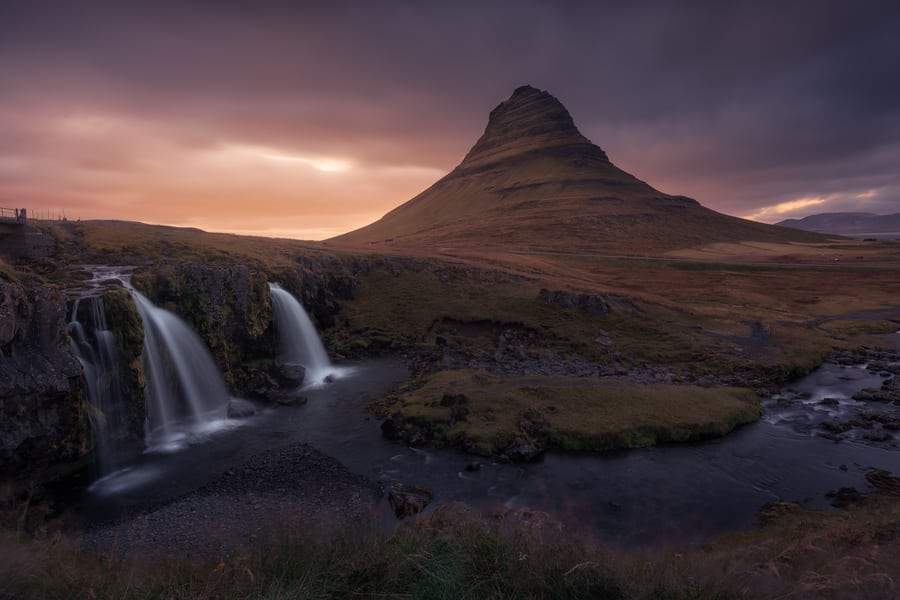
23. Kirkjufell & the Snæfellsnes Peninsula, some of the best places in Iceland
While you’re on the Snæfellsnes Peninsula, I suggest also visiting Arnarstapi and Hellnar, two charming fishing villages. It’s best to hike the trail that goes from one town to the other so you can enjoy the landscapes full of cliffs, nesting seabirds, and the Gatklettur Arch.
Another interesting place to go in Iceland‘s Snæfellsnes Peninsula is the Vatnshellir lava cave, which is about 8,000 years old. You can walk up to 650 feet into the cave, and it’s within the Snæfellsjökull National Park, a great area for hiking. The peninsula is also home to the famous black Búdakirkja church and Ytri Tunga beach, where you can see wild seals.
24. Landmannalaugar, the most popular area to visit in the Highlands of Iceland
If you’re looking for things to do in Iceland in summer, I recommend going to Landmannalaugar, the most popular area in the Icelandic Highlands. You’ll need a 4×4 to cross the F-roads that lead to this area, which is where you’ll find one of the most active volcanoes in the country, the Hekla volcano.
Landmannalaugar stands out for its beautiful rhyolite mountains, its fascinating hiking trails, and its hot springs, which have an average temperature of 98.6° F to 104° F.
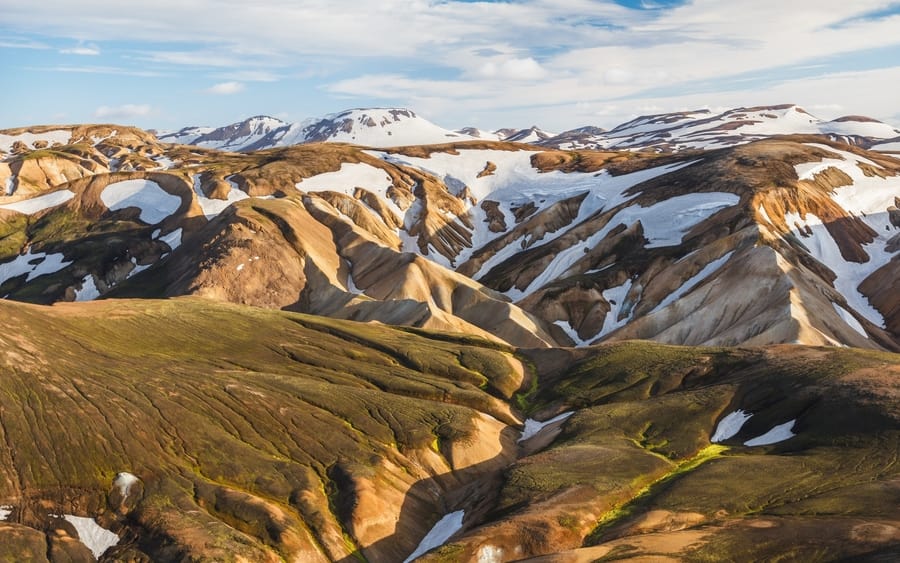
24. Landmannalaugar, the most popular area to visit in the Highlands of Iceland
In addition to its hot springs, Landmannalaugar’s main attraction is Brennisteinsalda, Iceland’s most colorful mountain. It’s close to a campsite as well as longer hiking trails. If you have the time and enjoy hikes, I recommend the Laugavegur route, which takes 3-4 days and leads to Thórsmörk. There is also the Bláhnúkur route, known as the blue mountain, which takes just 4-5 hours.
On the way to Landmannalaugar, you can stop at a few other cool places in Iceland‘s Highlands. For example, there are the Haifoss and Granni waterfalls and the lovely lakes of Bláhylur, Ljótipollur, and Frostastaðavatn. I also recommend the Sigöldugljufur Canyon and its many waterfalls, and the Stutur Volcanic Crater, also known as the apple volcano for its small size, perfect shape, and red and green color, depending on the season.
25. Thórsmörk, one of the most remote places to see in Iceland
Thórsmörk, while one of the most remote places, is another must-visit in Iceland. I don’t recommend going there on your own, not even in a 4×4, because you have to ford a few large and potentially dangerous rivers. Instead, it’s best to book a bus to Thórsmörk here or take this tour from Reykjavík.
This mountainous area is perfect for lovers of nature and hiking, so if you’re like us, this is one of the best attractions in Iceland. Besides, some of the most important hiking trails in Iceland pass through this valley.
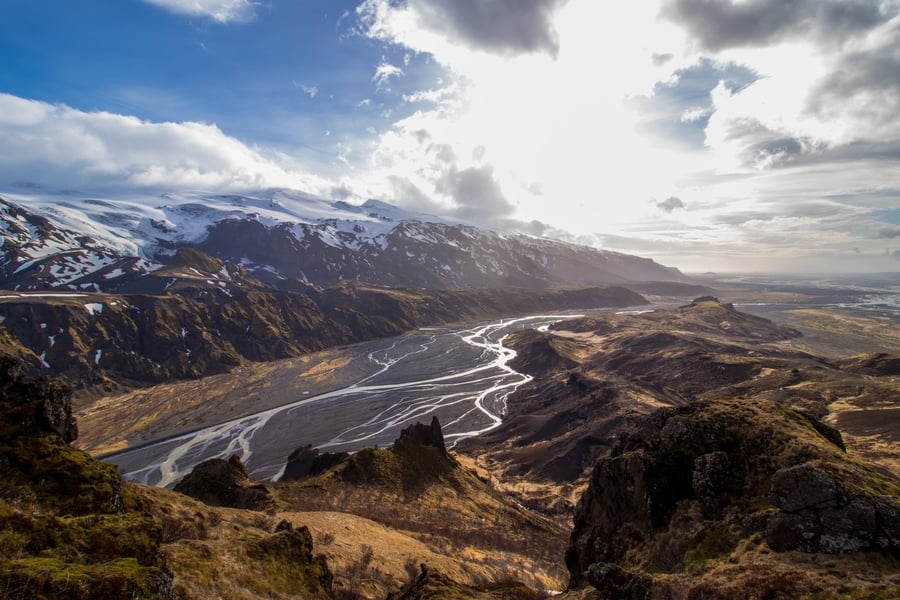
25. Thórsmörk, one of the most remote places to see in Iceland
The two most popular routes are Fimmvörðuháls, which connects Skógar with Thórsmörk; and Laugavegur, which connects Landmannalaugar and Thórsmörk. The first is about 18.5 miles, while the second is 34 miles, so you’ll need several days to complete either of the two.
If you don’t have the time, you can do a shorter trail, such as Valahnukur, which is less than 3 miles. There is also the Tindfjöll Circle, which is just over 10 miles. Whichever route you take, you’ll be in for a treat since Thórsmörk has some of the most magical landscapes on the island.
26. Fly over Iceland’s glacial rivers by helicopter
Some of the top sightseeing tours in Iceland are the helicopter rides over the country’s glacial rivers. I can tell you that seeing the island and its vast geography from a bird’s eye view is an incredible experience.
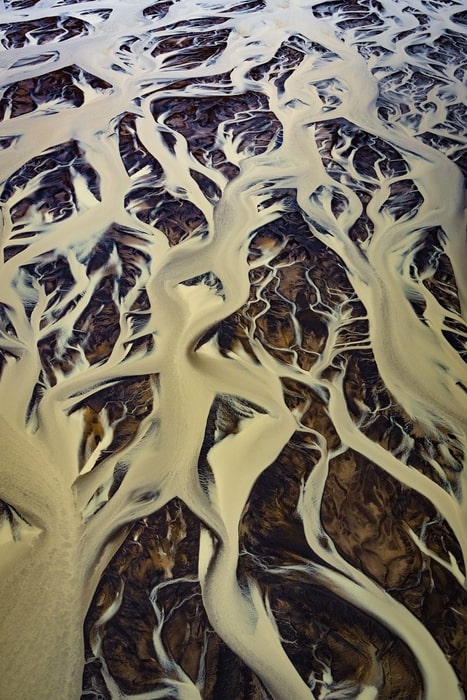
26. Fly over Iceland’s glacial rivers by helicopter
To get the most of your flight, I recommend reading through our guide on the best helicopter tours in Iceland, as there are many excursions and they each have something unique to offer. Of course, all of them will introduce you to Iceland’s various landscapes, including glacial rivers, lava fields, volcanoes, and lakes. Moreover, if you’re into photography like us, you’ll have plenty of things to shoot!
We did this tour, which allowed us to customize our itinerary based on our preferences. We were able to see some of the most amazing places in Iceland, such as the Katla volcano, Thingvellir National Park, Vatnajökull glacier, several geysers, and other incredible sights. It’s truly a once-in-a-lifetime experience, so I encourage you not to miss out!
27. Hveravellir and Kerlingarfjöll, two incredible sites to see in Iceland’s Highlands
In the Highlands of Iceland, you’ll find plenty of interesting places, including Hveravellir and Kerlingarfjöll. They’re both accessible via the F-35 road, which runs from the northern part of the island to the south.
Hveravellir is a geothermal area with several natural pools. This was one of our favorite places to go in Iceland, and we loved it so much that we spent a night in the mountain refuge here. Not only are the thermal baths wonderful, but the landscape is also quite spectacular.
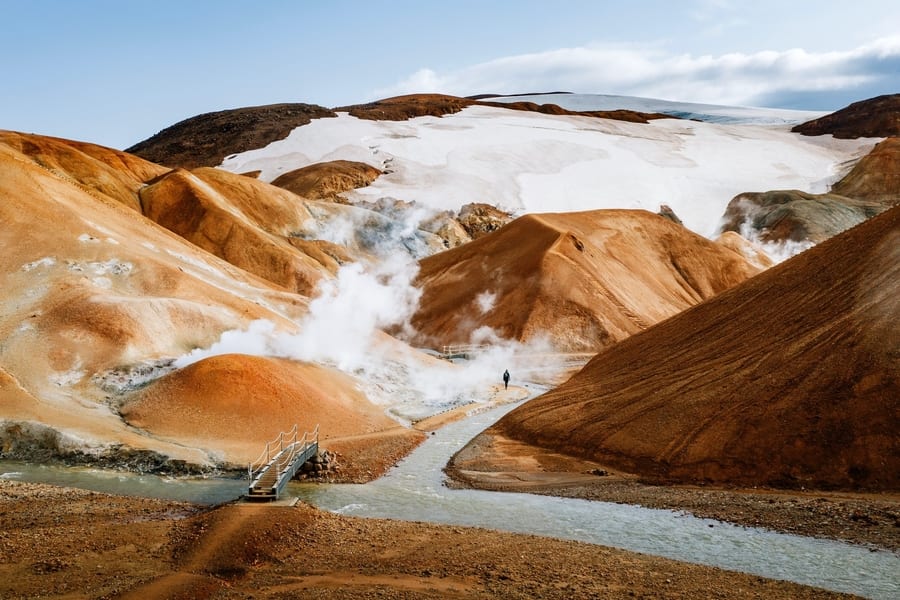
27. Hveravellir and Kerlingarfjöll, two incredible sites to see in Iceland’s Highlands
Kerlingarfjöll is another awesome area to visit in Iceland within the Highlands, especially if you like hiking. Here, you can spend the whole day walking among rhyolite hills, valleys, glaciers, and areas teeming with geothermal activity. The most striking thing about Kerlingarfjöll is that in the summer you can see snow on the taller peaks. Don’t worry if you’re short on time because you can still take the Hveradalir route, which is the best of all the trails.
While you don’t have to ford any large rivers to get to Hveravellir or Kerlingarfjöll, keep in mind that they’re in the Icelandic Highlands, so you can only visit during the summer months because the roads are too dangerous in the winter. You’ll still need a 4×4 in the summer, so if you have any concerns, be sure to read our article on how to drive in Iceland.
28. Fjadrargljufur, the canyon you must see in Iceland
The Fjadrargljufur Canyon is another impressive attraction in Iceland that you can’t miss. It’s in the southern part of the island and has become one of the most magnificent places to visit, as the canyon is nearly 330 feet deep and over a mile long.
It’s estimated that the canyon took 9,000 years to form as the Fjaðrá River slowly eroded. Also, the type of moss that grows on the canyon’s edges is very fragile, so the Icelandic government had to close the area to prevent foot traffic from trampling it. There is a designated pathway, so if you visit, stay on the trail. Destroying a natural marvel that took thousands of years to create just for a photo isn’t worth it!
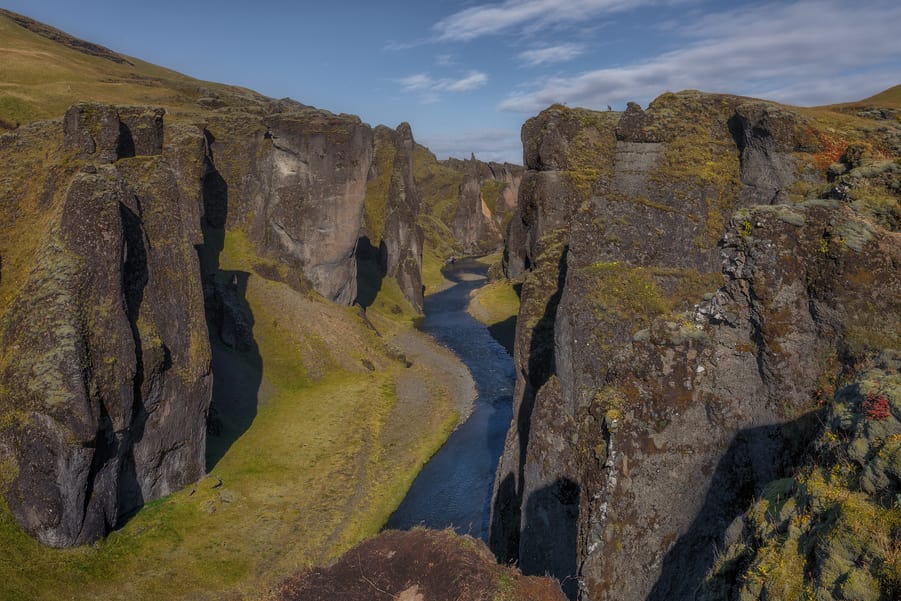
28. Fjadrargljufur, the canyon you must see in Iceland
Along with the Sigöldugljufur Canyon, Fjadrargljufur is one of my favorites. That said, I can’t forget the Stuðlagil Canyon in eastern Iceland, specifically in the Jökuldalur glacial valley. It’s a bit out of the way, but it’s so beautiful that it’s part of most Ring Road itineraries.
This canyon stands out for its numerous basaltic columns that contrast the intense blue of the glacial river. You can visit this popular Icelandic site from the east or west sides, although I recommend the longer route that goes through the eastern side. This way, you can descend to the river and get amazing views.
29. Reykjanes Peninsula and the best things to do near Iceland’s airport
The Reykjanes Peninsula is another scenic place in Iceland that you should visit. This is where you’ll find the Blue Lagoon, as well as Keflavik International Airport. So, you can maximize your time on your day of arrival or your return trip to this area.
Along with the Blue Lagoon, the Reykjanes Peninsula is popular for the recent eruption of the Fagradalsfjall volcano, which resulted in some incredible sights.
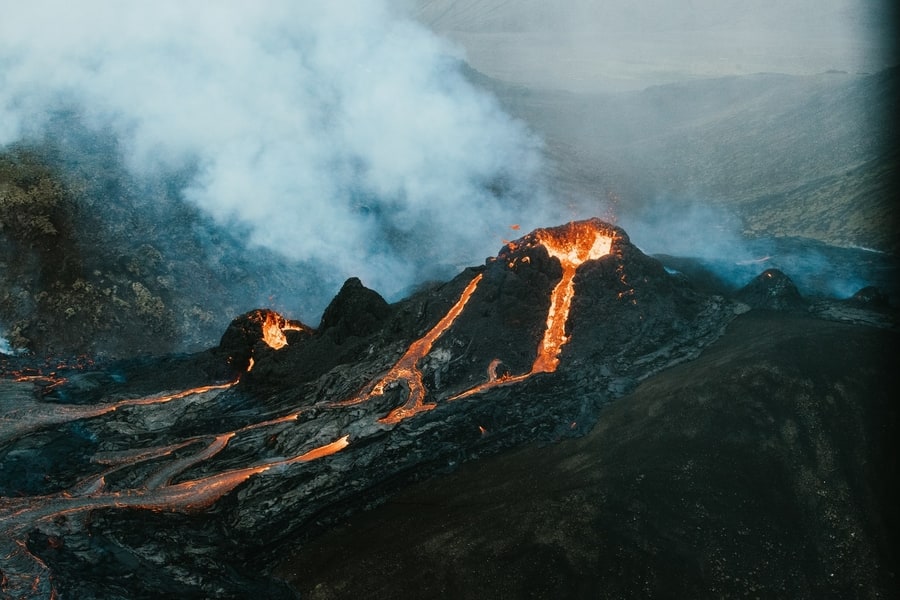
29. Reykjanes Peninsula and the best things to do near Iceland’s airport
Scientists still aren’t sure how long the lava in this area will last, but regardless, the peninsula has other interesting sites to check out. This includes the famous Krýsuvík geothermal area, where you’ll find the Seltún geothermal field. It’s full of fumaroles, bubbling pools, and hot springs.
The peninsula is also home to the volcanic rock cliffs of Valahnúkamöl; its postcard-perfect scenery makes it a must-see in Iceland. I also recommend this tour, which takes you to the Thrihnukagigur volcano.
In case it’s Northern Lights seasons, I recommend going to the area around lakes Kleifarvatn and Gígvatnsvatn. This is one of my favorite places in Iceland to see the auroras. If the Northern Lights forecast is good, another spot I recommend is Straumur við álverið.
30. West Fjords, the most remote area to visit in Iceland
Finally, another tourist attraction in Iceland that you shouldn’t miss is the Westfjords. This beautiful place is full of interesting sites, such as the Dynjandi waterfall. Also known as the wedding veil for its willowy appearance, it’s one of the country’s tallest waterfalls. Part of what makes it so stunning is that it’s made of seven falls that, together, reach nearly 330 feet high.
Also in this area, you’ll find the Latrabjarg cliffs, which are home to several species of seabirds, including the crowd-pleasing puffins. Visiting these cliffs and seeing the cute birds is one of the best things to do in Iceland in the summer.
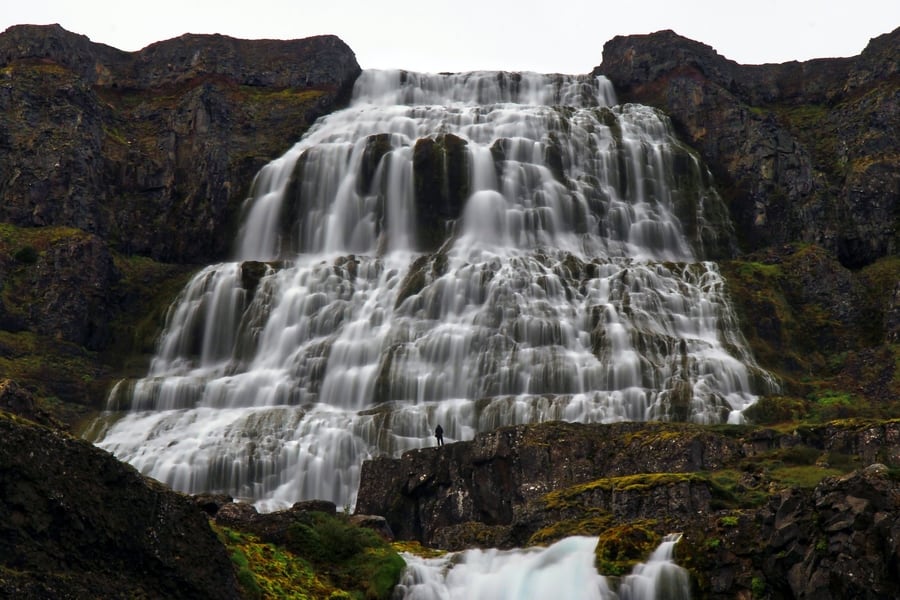
30. West Fjords, the most remote area to visit in Iceland
Raudasandur Beach is another must-see in Iceland, as its sandy beaches have a distinct pink color.
Last but not least, I recommend going to Ísafjörður and taking a boat to the Hornstrandir Nature Reserve. Since it’s a remote area and you can only get there by boat, you won’t find too many tourists. It’s worth the extra time and effort because the striking landscape is full of hiking trails that you can explore. This region is also the home of the arctic fox, so if you’re lucky, you might spot one!
Now you know all the best places to visit in Iceland, the Land of Fire and Ice! I suggest taking a look at our tourist maps of Iceland, so you can locate all your preferred attractions and organize your trip much more easily.
Iceland is one of the most beautiful countries on earth, so I know you’ll like this place as much as we do. Also, I’ve written a guide on where to stay in Iceland, which I’m sure will be helpful as you plan your trip.
If you have any questions about these places to visit in Iceland, you can leave me a comment below, and I’ll help as much as I can. Now, all that’s left to do is wish you a happy journey!

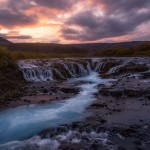
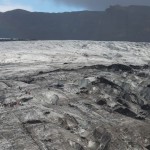

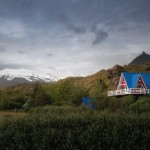
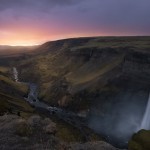
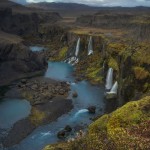
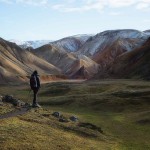
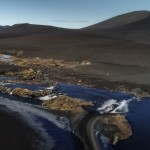
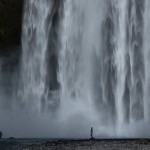
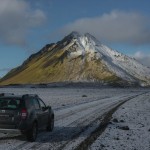
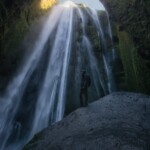
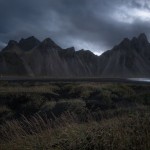
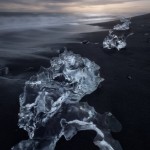
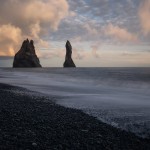
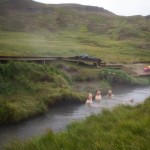
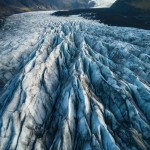
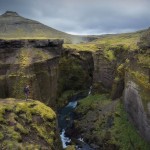
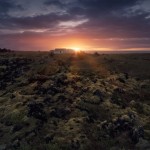
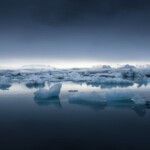
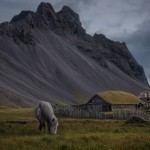
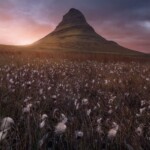
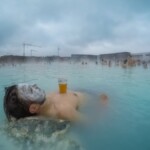
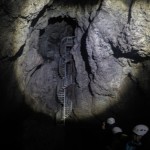
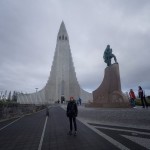
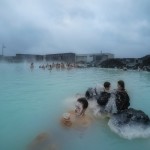
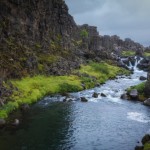
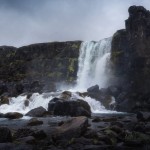

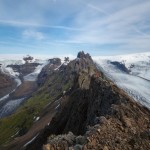
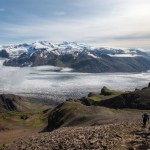
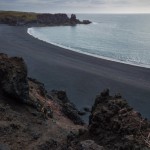
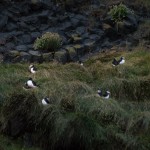
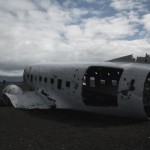
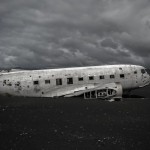

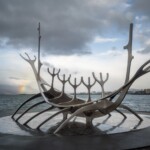
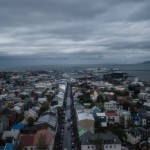
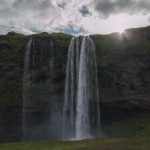
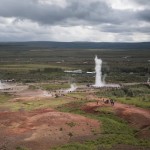
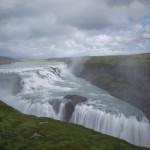
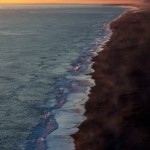
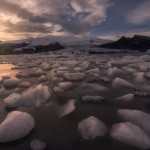
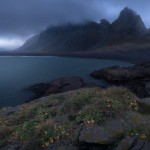
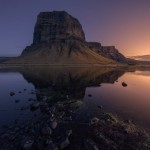
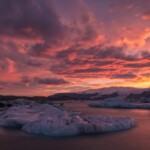
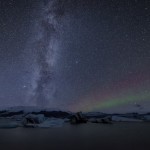
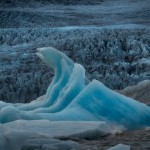
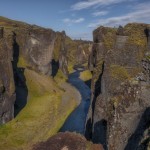
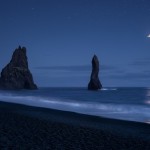
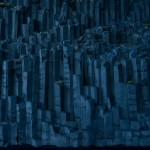

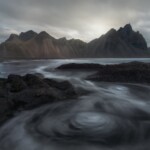
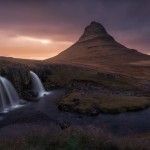
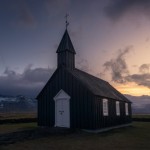
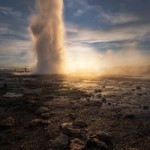
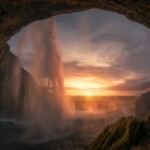
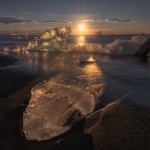
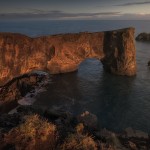
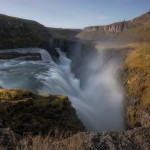
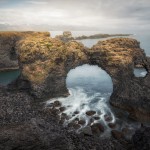
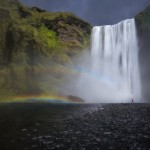
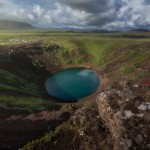
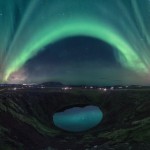
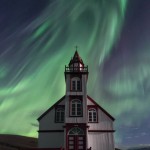
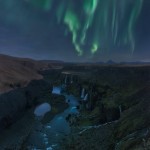
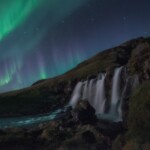
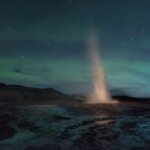
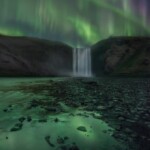
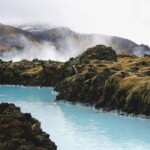
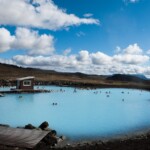
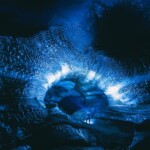
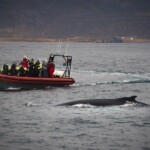
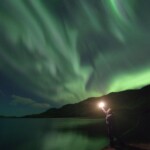
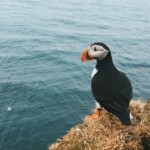
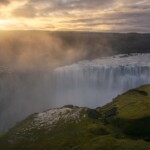
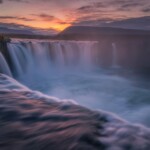
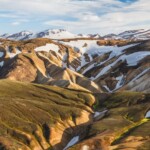
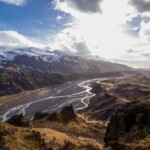
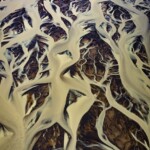
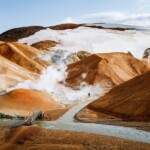
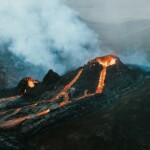
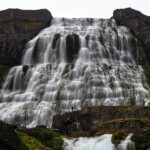
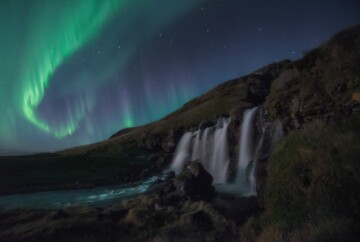
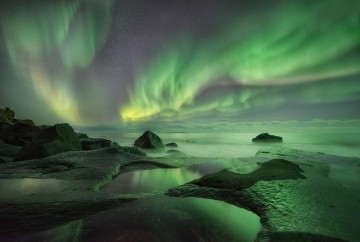
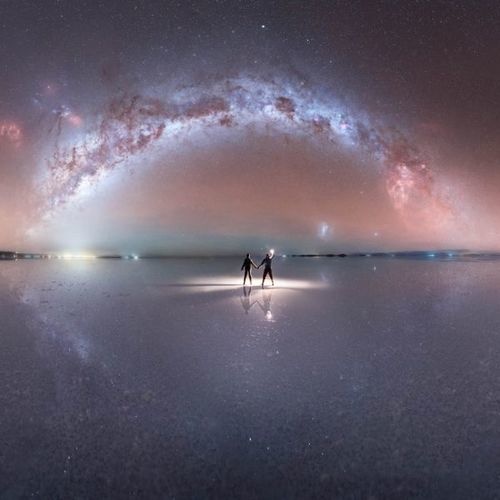
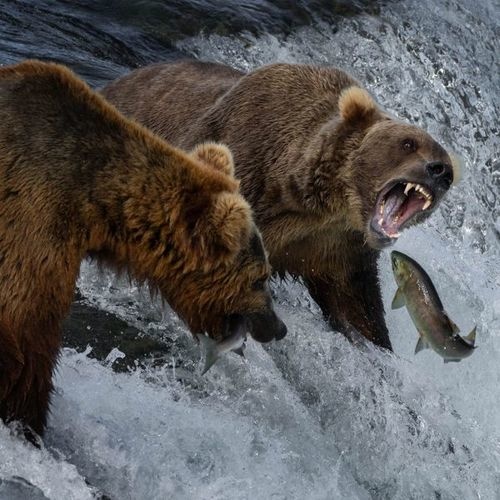
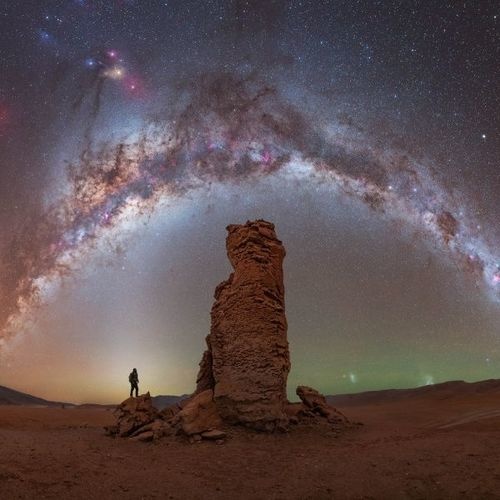
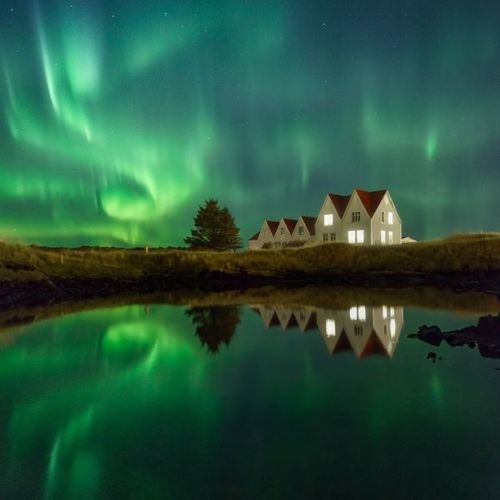
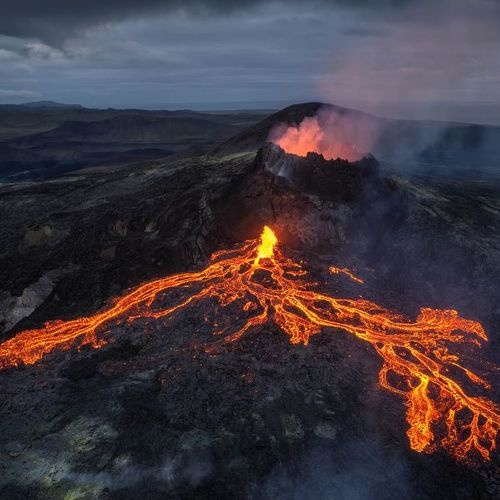
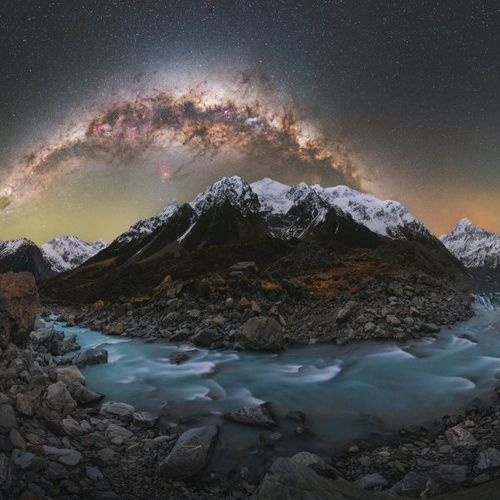
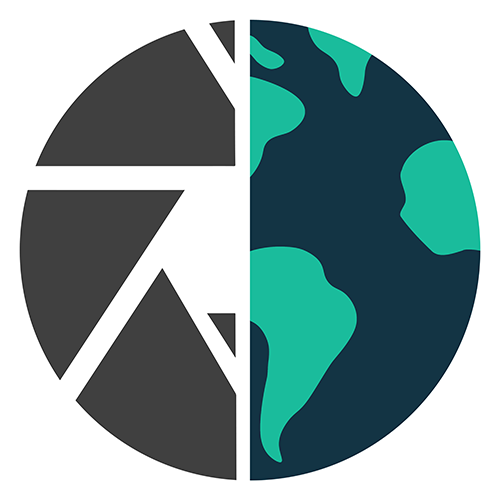
Amazing island need to go back soon
I can’t wait either. We will come back to Iceland in three weeks!
Am very glad that I found your blog. I will be on a tour for most of my time in Iceland this August, but am spending an additional 4.5 days on my own at the end. I am renting a car from Lotus and have reserved lodgings through Airbnb and Booking.com. It was difficult to find reasonably priced lodgings in South and East Iceland. I will not have my own bathroom, but will have a sink in my room. For my 3 choices, I snagged the last available room. My guest houses all had great ratings and look like they have personality.
Meanwhile I did try unsuccessfully to download your maps into maps.me. I probably need to find a teenager. However, I am getting wifi in my rental car so I can use google or maps.me for my navigation. With wifi I will be able to make phone calls if necessary using Whatsapp or Vibr. Am looking forward to my adventure.
Thank you for a very thorough blog. I you want me to provide you feedback on my lodging choices, I will be happy to do so. The guest house in Djupivogur sounds amazing. As I do not have much time, due to having to get a COVID test in Reykjavik the day before leaving, I am spending 2 nights in Kirkjabaejarklaustur with the one night in Djupivogur in between those 2 nights. This is an attempt to reduce the hours driving each day and to reduce driving time back to Reykjavik to under 3.5 hours so I can get my test and still have time to prowl afterwards. My tour does not go further South east than Vik, but does cover Akureyri, Godafoss, and Lake Myvatn in the North.
Now to figure out how to pronounce these names.
Hi Debbie, We usually switch from one accommodation to another every day so we can be closer to the attractions we want to visit, is that your plan?
Hi there, thanks for all the incredible info!! This has made my trip planning so much easier. 🙂
I noticed though that you didn’t mention any of the volcano and lava tube tours in your list. One of the main things calling me to Iceland is the volcanoes. Have you done any of those tours and do you have any recommendations or advice about them at all? Thank you!
Hi Sarah,
Thanks for your message!
There are many volcanoes in Iceland but none of them are spitting lava at the moment. On the other hand, there are a few Volcanic caves that you can visit throughout the island. In the post, we mentioned the one I took in the snæfellness peninsula, in the cave where Jules Verne was inspired to write “Journey to the center of the earth”. I highly recommend that cave, it wasn’t very expensive and you really feel like being in another world 😉
This is probably the best travel blog I’ve ever read! Incredibly informative and accompanied by some absolutely stunning photos!
Thank you for taking the time to share your experience in this wonderful article!!
Thanks Kevin for your kind words about our blog! 😉
Hi thanks for a really informative piece on visiting Iceland. My primary reason for visiting is to see the spectacular icebergs and glacial lagoons. When would you recommend a visit to see these at their best?
Wendy
Hi Wendy,
You can (still) find small “icebergs” and pieces of ice in the Glacial lagoon throughout the year. The amount of ice will depend mainly on the season (more in early spring, less in summer), but it depends on the glaciers. Going in late march you’ll have high chances of seeing big chunks of ice in Iceland 😉
Hello, Thank you for all the helpful information! Your photos are beautiful! I was looking at your gallery of Iceland and there was one photo that I couldn’t quite place. It looks like a panorama of a lake surrounded by mountains with a peak in the background. On the slideshow it located between
Sigöldugljufur and Skogafoss. Would you mind sharing where you went for that shot? Thank you so much!
Hi, Thanks for your beautiful words about my work!
That photo was taken in the Icelandic highlands. It was taken from a vantage point in the way towards landmannalaugar. To be honest, I don’t even know if that location has a name, I was just struck by its beauty!